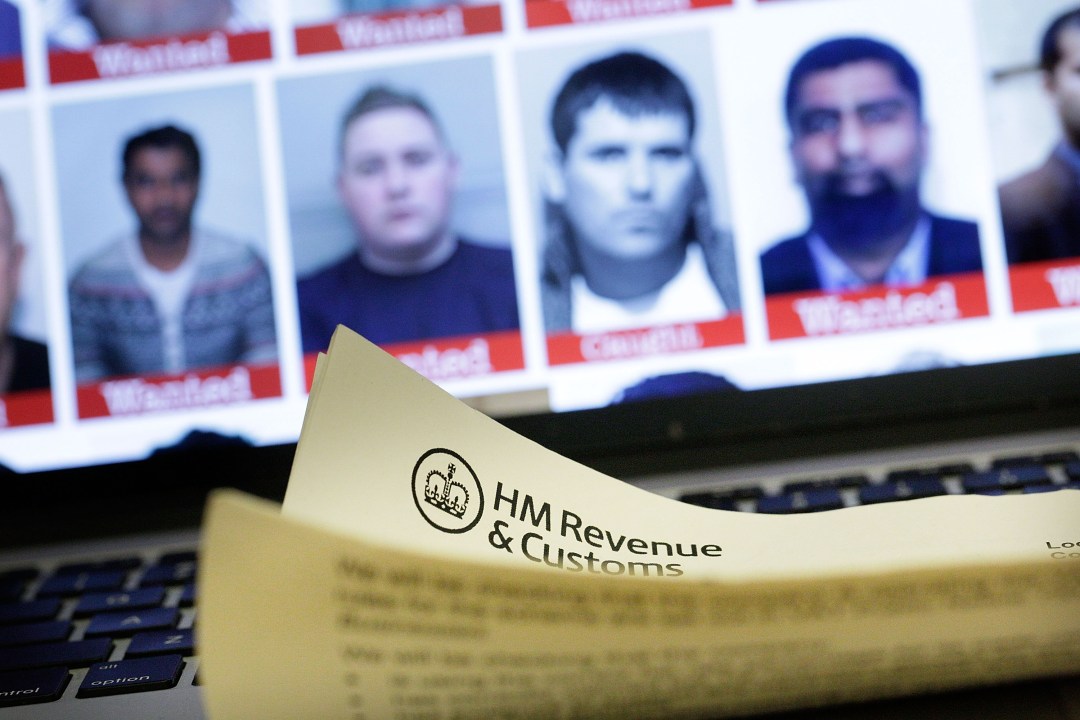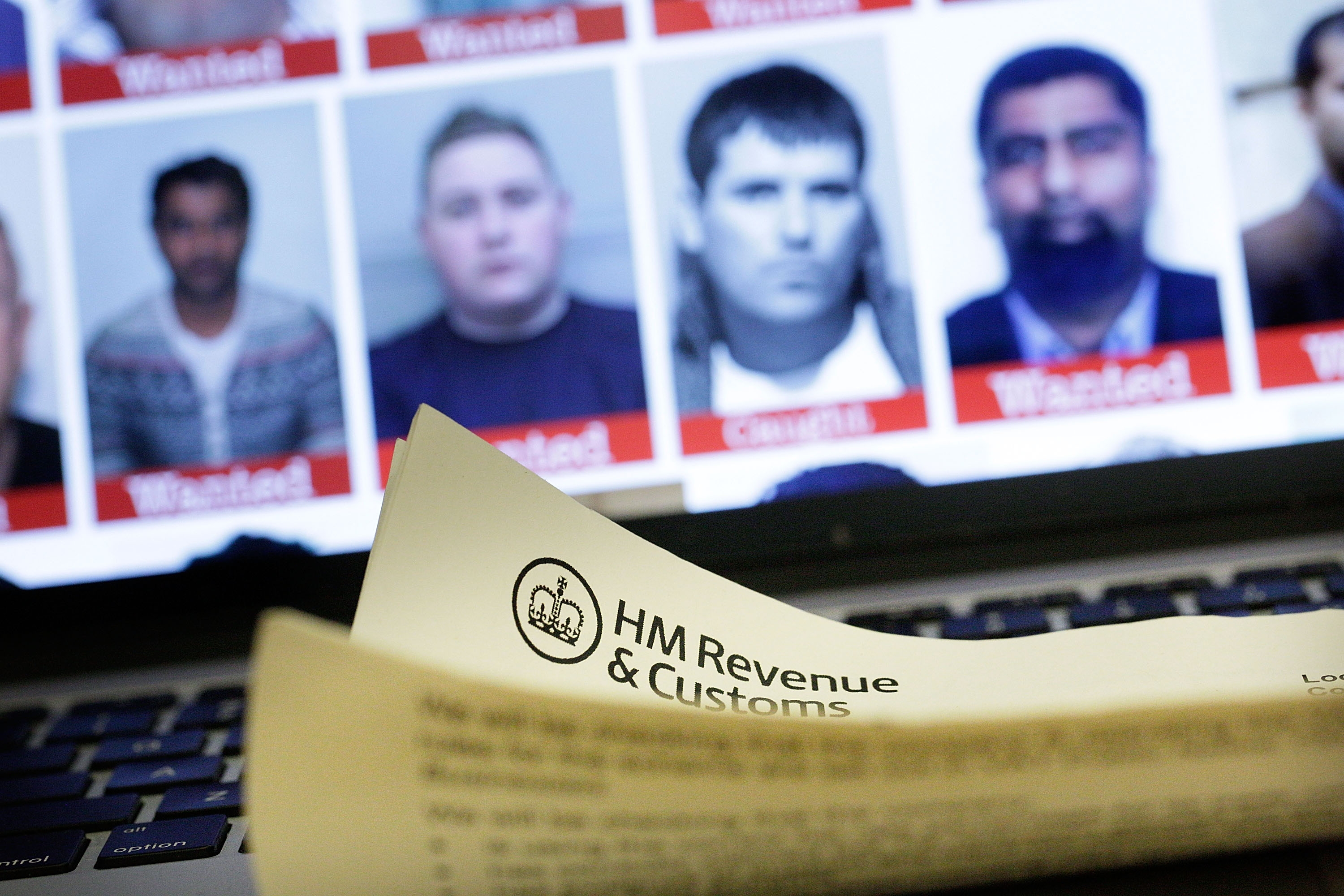Since the turn of the century the share of income tax paid by the 1 per cent with the highest incomes has risen from 21 per cent to 30 per cent. Despite this, some academics claim that the rich avoid tax. A study released last week is a case in point. ‘Wealthiest in Britain paying just 20 per cent tax rate,’ said the Independent. A fair summary: the London School of Economics and Warwick University did indeed argue that the ‘average person with total remuneration of £10 million had an effective tax rate of just 21 per cent: less than the rate that would be paid by someone on median earnings of £30,000.’ Since they’re supposed to be paying 47 per cent, it’s surprising. So how was this figure arrived at?
There are two elements in their calculation. First: that the rich use tax reliefs to lower their burden. This happens but – crucially – in virtually every case this happens by paying part of their incomes to something deemed to be useful by governments. By far the biggest tax relief is for pensions, costing an estimated £21 billion 2019/20. The rationale for this pensions relief is simple: it will be taxed on the way out of the pension pot, not on the way in. The tax is deferred – not dodged. The LSE/Warwick study simply fails to allow for the fact that the money put into a pension is taxed when the pension is paid.
Other tax reliefs are generally for investment schemes like EIS schemes. While the taxes are relieved initially, incomes arising from the investments are taxed. Again: it’s tax deferred. Not tax avoided. But the LSE/Warwick methodology treats the schemes as if the incomes from the investments were untaxed.
At a time when social tensions are especially raw, one would expect academics to try to avoid inflaming social discord by presenting dodgy claims that the rich pay little tax
Thirdly, tax relief for charitable donations. Obviously, relief is given: the argument is that the government should go easy taxing what is given to charity. But it is peculiar economics to present this as some kind of selfish saving by the tax-dodging rich.
Other techniques are deployed. The authors claim, for example, that the top rate of taxation of dividends is only 38.1 per cent. This ignores the fact that the income paid out in dividends has already been subject to mainstream corporation tax. The actual tax rate paid depends on circumstances, but for those companies paying normal corporate tax the marginal rate is now 49.8 per cent. This hefty rate is one why entrepreneurs are discouraged from paying themselves in dividends. The tax break does not exist.
But all of these tax breaks, put together, only reduce the ‘apparent’ tax rate to 40 per cent, down from 47 per cent. So how did they arrive at an effective tax rate of 21 per cent? By creating a new concept ‘remuneration’ which is the sum of income earned and capital gains.
Incomes are essentially regular and received annually. Capital gains are irregular and received sporadically: if you sell an investment or, perhaps, your company. This often reflect yields over a long period ploughed back into businesses. Currently taxable capital gains are not indexed for inflation.
The government has tried to encourage entrepreneurs to build up businesses by holding down capital gains tax on business assets to 20 per cent and providing a further relief ‘entrepreneurs relief’ which could, before its abolition this year, bring down the rate of tax paid to only 10 per cent. Even most entrepreneurs thought this too generous which is partly why it was abolished. The calculations in the LSE/Warwick paper do not take account of this abolition.
There are various tax dodges by which some used to present income as capital gains to achieve lower taxes. The authors of the report rightly draw attention to the ‘carried interest’ rules which allowed about 2,000 fund managers to treat what should be categorised as income as capital gains. HMRC has tried to close this loophole through the Disguised Investment Management Fee rules introduced in April 2015, again not allowed for in the calculations in the paper.
There are plenty of anomalies and inconsistencies in the UK tax system, generally resulting from the HMRC’s tough task of trying to collect a third of the whole of GDP in tax. Often the richest people and the smartest companies are the most footloose, making it hard to tax them. The post Covid-19 recovery is likely to enhance the fiscal strains, with a deteriorating public finance position coinciding with a shift to the tech sector and towards a more lifestyle based economy, both of which will make tax revenue harder to collect.
In my book The Inequality Paradox I argue that there are two ways in which tax can be more easily collected – by encouraging those doing well to make voluntary tax contributions (much in the way that some successful companies have paid back their furlough compensation) and by taxing inheritance. But all the serious reports on the UK tax system from the 2020 Tax Commission’s Templeton Prize winning Report to the IFS’s Mirrlees Report have concluded that trying to raise too much tax compulsorily is subject to the laws of diminishing returns.
At a time when social tensions are especially raw, one would expect academics to try to avoid inflaming social discord by presenting dodgy claims that the rich pay little tax and that there is a large pot of money left on the table by the tax authorities.
Even the authors of this study seem to accept that their claims go too far, since they estimate even their most extreme tax proposal would only raise about half of their claimed £20 billion of untaxed income. And even that estimate does not allow for the fact that when you impose taxes, behaviour changes and the taxes rarely raise as much revenue as expected.
Taxing the rich – and reducing inequality – is a serious topic. But in the last twenty years, more money has been extracted from the best-paid than ever before. There are countries where the wealthiest pay 20 per cent tax, or less. But Britain is not one of them.
Douglas McWilliams is deputy chairman of the economics consultancy Cebr and author of The Inequality Paradox. He was a member of the 2020 Tax Commission.







Comments